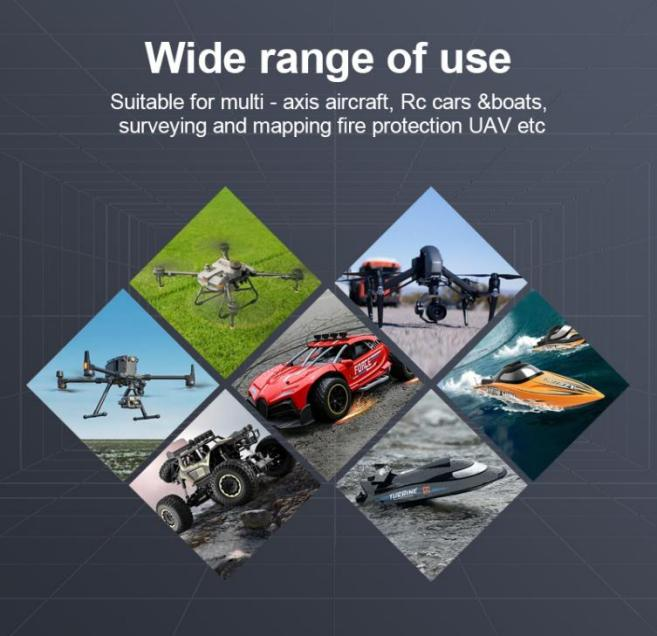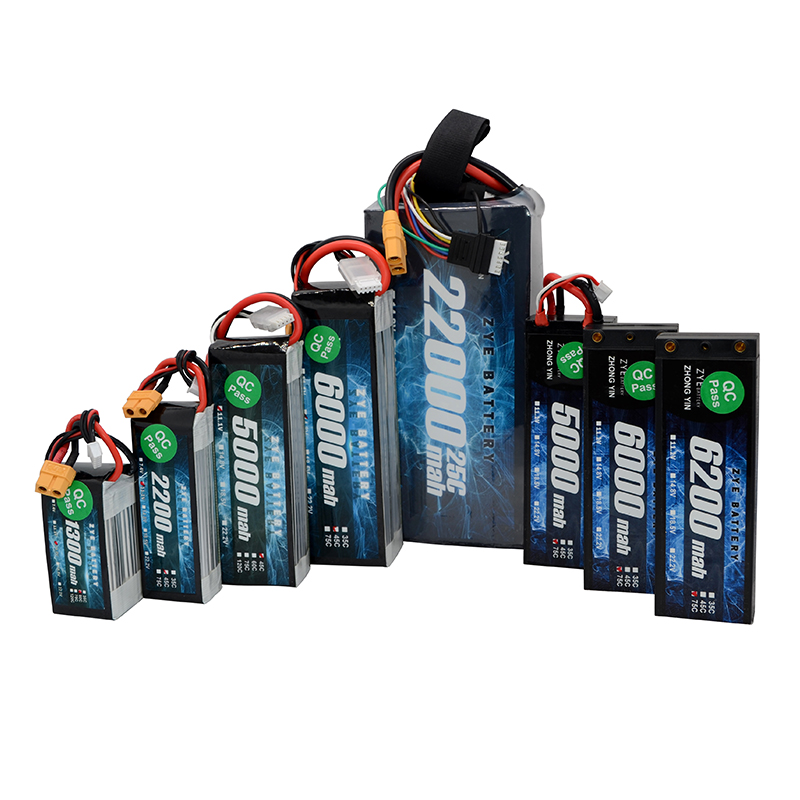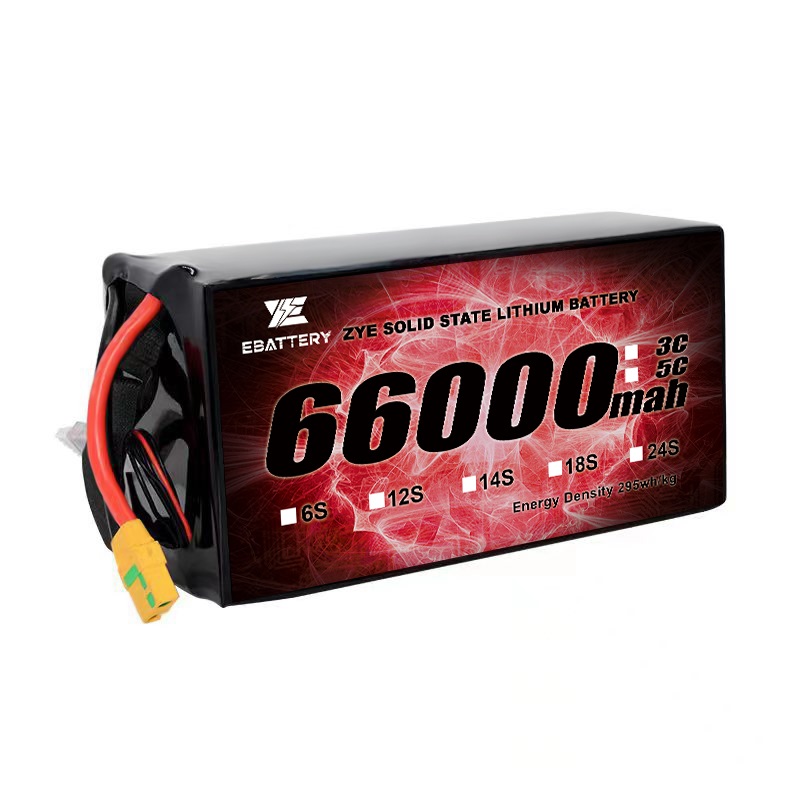Solid-State Batteries: The Game-Changer Powering Next-Gen Drones
2025-11-17
if you’ve visited farmland in the Midwest, you’ve probably seen drones gliding over cornfields, spraying fertilizer with pinpoint accuracy. These moments aren’t just cool tech demos; they’re signs of how drones have become indispensable across delivery, agriculture, defense, and environmental work. But here’s the catch we hear about nonstop from our clients: batteries are holding them back.
Let’s break it down. Right now, nearly every commercial drone runs on lithium-ion batteries. Sure, those batteries have gotten better over the years—we’ve seen flight times creep from 20 minutes to 60 minutes for some models, and faster charging has cut down on downtime. But talk to any drone operator, and they’ll tell you the same frustrations: A delivery drone might have to turn back mid-route because its battery’s draining too fast. A farmer in North Dakota can’t use their crop-monitoring drone in January because cold weather kills the lithium-ion charge. A security team deploying drones near a power plant worries about battery fires—li-ion’s flammable liquid electrolyte is a real risk in sensitive areas. These aren’t small problems; they’re limits that stop drones from reaching their full potential.
That’s where solid-state batteries come in—and honestly, they’re not just an upgrade. They’re a complete rethink of how we power drones. The difference is simple but huge: instead of the liquid electrolyte in lithium-ion batteries, solid-state ones use a solid material (think ceramics or polymer composites). From what we’ve seen in tests with manufacturers and clients, this tiny shift fixes almost every pain point lithium-ion creates.

Let’s start with the big one: flight time and range. Last quarter, we worked with a drone delivery company in California to test solid-state batteries. Their old lithium-ion setup let their drones fly 15 miles round-trip, carrying a 3-pound package. With the new solid-state batteries? They hit 28 miles round-trip—and could carry an extra 1.5 pounds. For their operations, that meant covering two more neighborhoods per drone per day, no extra flights needed. For a surveillance client working on border patrol, this translates to drones staying airborne for 2.5 hours instead of 1 hour—enough to monitor a 40-mile stretch without returning to base. That’s not incremental improvement; that’s a complete shift in what their teams can accomplish.
Safety is another non-negotiable, especially for drones flying over cities or near critical infrastructure. We did a small in-house test earlier this year to prove the point: we exposed a lithium-ion battery and a solid-state battery to the same conditions—60°C heat, a small impact (mimicking a minor crash). The lithium-ion battery swelled up and leaked fluid within 30 minutes. The solid-state one? It didn’t even get warm. A client who runs drone security for airports told us this is a game-changer—they’ve had to ground drones before because of li-ion overheating scares, but solid-state removes that risk entirely.
Then there’s the cost factor—something every business cares about. A farm client in Iowa calculated that they were replacing their lithium-ion drone batteries every 8 months, costing them around \(1,800 a year per drone. Solid-state batteries? The manufacturer estimates they’ll last 3 years. Do the math: that cuts their annual battery cost to \)600. And charging time? Their old li-ion batteries took 1.5 hours to fully charge; the solid-state ones hit 80% in 40 minutes. During planting season, when they’re running drones from dawn to dusk, that extra time adds up to 2 more flight cycles a day—covering 50 more acres of corn.

We also can’t ignore extreme conditions—something our environmental clients bring up all the time. Last month, we helped a research team deploy drones in Alaska to track Arctic fox populations. Temperatures there drop to -30°C, and lithium-ion batteries would die within 45 minutes. With solid-state batteries? The drones flew for 2 hours straight, sending back clear footage of the fox dens. Same goes for desert work: a client in Arizona uses drones to monitor wildfires, and in 100°F heat, their li-ion batteries would lose 30% of their charge in 10 minutes. Solid-state? They hold steady—even after hours in the sun.
Sustainability is another win we don’t take lightly. More and more of our clients are asking about ESG goals, and solid-state batteries check a big box here. They use 70% less cobalt than lithium-ion batteries—cobalt mining is notoriously harmful to both the environment and local communities. Plus, our sustainability team crunched the numbers: the total carbon footprint of a solid-state battery (from production to disposal) is 45% lower than li-ion. For a delivery company aiming to be carbon-neutral by 2030, that’s a massive step forward.
























































